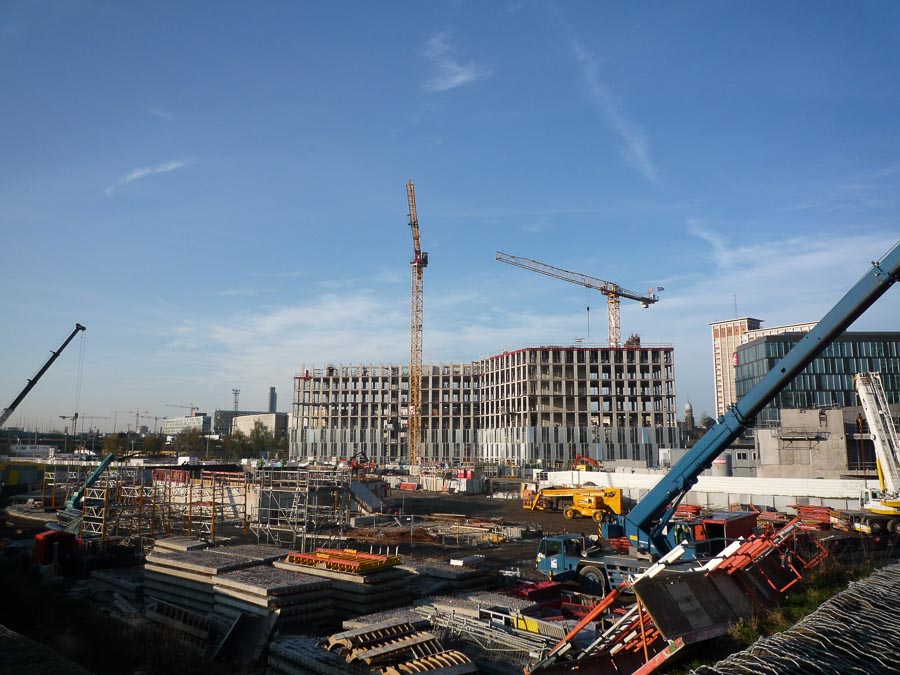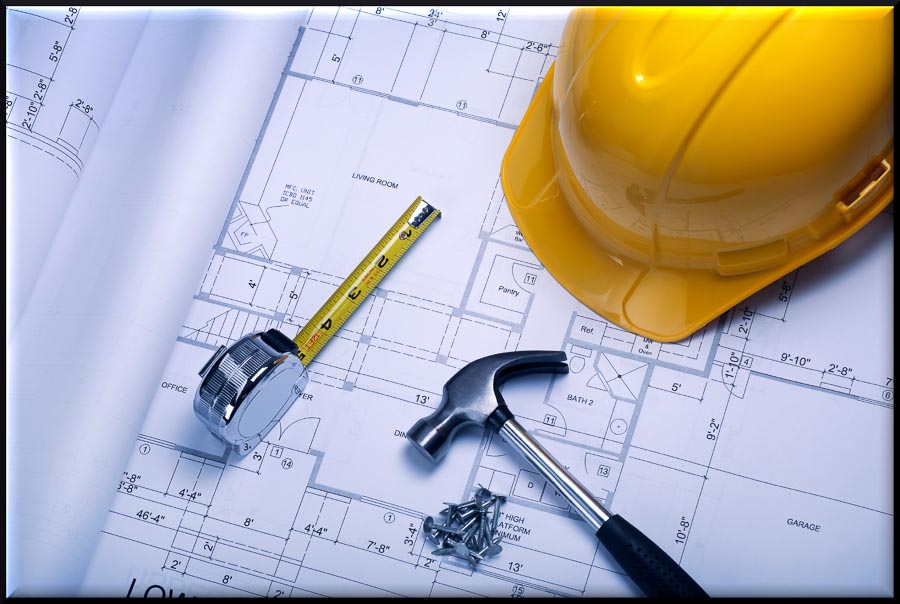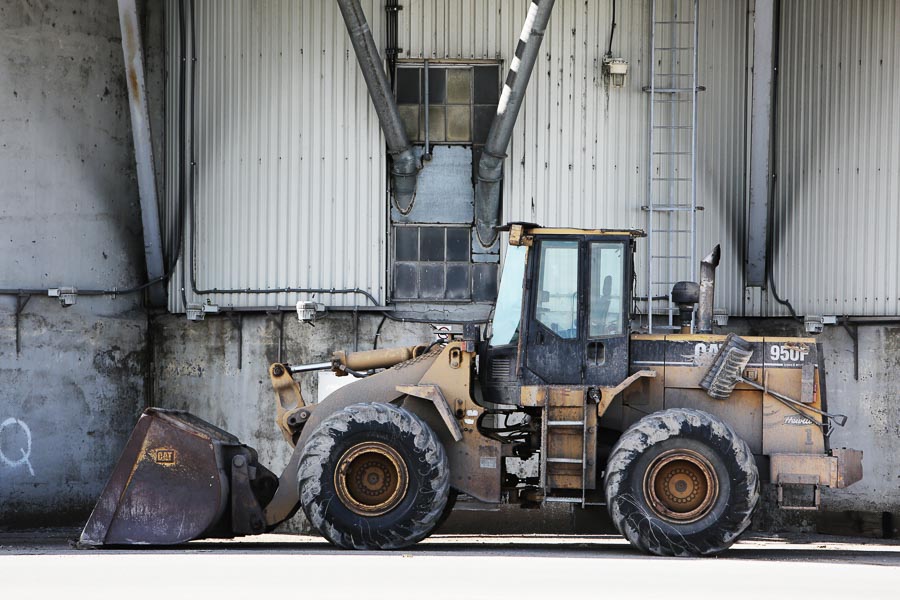The Australian Constructors Association (ACA) represents the leading construction and infrastructure contracting companies and is dedicated to promoting a sustainable construction industry in the country. The ACA member companies are involved in a range of activities including residential and non-residential building, engineering construction, process engineering, contract mining, maintenance, oil and gas operations and telecommunications and environmental services.
Lindsay Le Compte, Executive Director and Company Secretary of the ACA told us about the background of the association, “The Association started in 1994 and it represented the major construction contractors in Australia and New Zealand. Basically there are 16 members of the association and they range from companies like Lend Lease, Leighton, Brookfield Multiplex, Downer and Fulton Hogan. These are our top organisations which are primarily responsible for the major construction activities on the projects in this country.
It’s a requirement for membership that members must have a turnover on an annual basis exceeding $1 billion, they must operate in at least two states in Australia and their chief executive or the equivalent must be a member of the board of the association.
The association has always been in a situation where it has ranged from 14 to 20 members. It is not an association that looks for significant growth in member numbers, it’s an association that merely represents the major construction companies in the country and by its very nature that has a limitation in terms of the number of members that it would have.
So it is unlike a normal industry association which would look to increase its membership for a range of reasons. It doesn’t operate that way. The board of the association is made up of the chief executives of the members.”
Leadership role of the ACA
The ACA being composed of the largest construction companies in the country plays an important role in taking up various issues to ensure the growth and continued contribution of the industry to the Australian economy. Towards this end the board of the ACA has established five working parties and each of these includes a number of executive general managers from the member companies.
Each working party has anywhere from six to twelve members and is mentored by one member of the board. The five working parties which are currently operational are on safety, work force development and skills, sustainability, work place relations and commercial and contractual issues. The parties work to a strategic plan which is endorsed by the board. They are also tasked with working on projects and developing positions in relation to advocacy and major policy items that the association wishes to be involved with.
Each of the working parties functions according to the terms of its strategic plan and deals with pre-identified issues. The working party could address matters that the board wishes to pursue or it could also respond to items that come up through the media or through government proposals.
Safety is a primary issue
The construction industry, by its very nature, involves a great deal of outdoor work which is often carried out in difficult or potentially unsafe conditions. Consequently, safety is an important issue for the industry and the ACA has taken a lead in this area.
Lindsay Le Compte explains the steps being taken by the association in this regard, “One of the big issues that we are dealing with at the moment relates to safety and in particular safety culture, so what the working party on safety is involved in at the moment is the development of a number of guides and other publication materials to help the industry to improve the culture of safety at the work place.
Some of these include a glossary of safety terms and the identification of the type of skills and training that would be required of all people of a safety responsibility in organisations and at work places. We are trying to look at who is involved in the industry including the whole supply chain who actually sends people to work places and how those people would interact in a way which would reduce the risk of safety problems occurring.
The difficulty of dealing with that is the fact that in this industry we deal with a workforce which comes from a very wide ethnic background and a number of those components have an impact on the culture of safety in the industry. A lot of what we are trying to do is assist organisations across the board to improve their organisational culture, so that will of itself improve safety and that’s more important today than simply the development and completion of different types of documentation.
It’s really about how people at work places actually view safety and how they interact with each other. So you can have safe work method statements which set out what is required to be done, it’s another thing to actually have a culture in the work place which results in the various people who turn up at the work place and get involved.”

Workforce development and skills
The ACA will shortly release a website on the construction industry for the purpose of providing useful information to young people, their parents and school advisers as to the types of jobs that are available within the sector. This website will also provide details which will enable visitors to make career choices by explaining the different facets of work involved in the construction area.
A concerted effort is being made by the ACA to improve the skills of existing people in the industry and attract more people to it by informing them about opportunities that are available today and in the future. The attempt is to build a workforce that willbe adequate to meet the requirements in the coming years and the process for this has been started now, because it will take some years before a person who starts an apprenticeship or an engineering degree can become fully qualified.
Eco-friendly policies
The Australian Constructors Association has a sustainability working party which is involved with a number of organisations external to the ACA such as the Infrastructure Sustainability Council of Australia and the Green Building Council.
It is actively involved with these organisations in the development of a range of processes and systems to assist with the construction sector and to look at sustainability in the context of the economic, social and financial benefits that flow from having effective sustainability processes in construction.
The ACA’s efforts are aligned with those of the Australian Industry Group as well as those of the construction supply chain and other organisations and service providers who are connected with industry.
Lindsay Le Compte describes the ACA’s view on sustainability, “It is now recognised by all organisations that looking sensibly at their day-to-day operations and their future within any industry, that sustainability issues link their interests and they are going to be a little more important factor when tendering for work or for other processes.”
ACA’s goals
“The association’s future is tied to the industry. Obviously if the industry is doing well then the major organisations in it are doing well.But they need to operate on the basis that while between them they have over 100,000 employees, they probably contract with another 200,000 employees of other organisations across the sector,” explains Lindsay Le Compte.
“For the future the association is looking to being involved with government to maintain an appropriate pipeline of public works. The state governments do not have a lot of money to build infrastructure, so a lot of the work we will do in the future will consist of assisting public and private sector clients to clear the way for funding and financing of projects, as well as better ways of developing those projects and managing them and completing them on time.”




 This information will never be shared to third parties
This information will never be shared to third parties